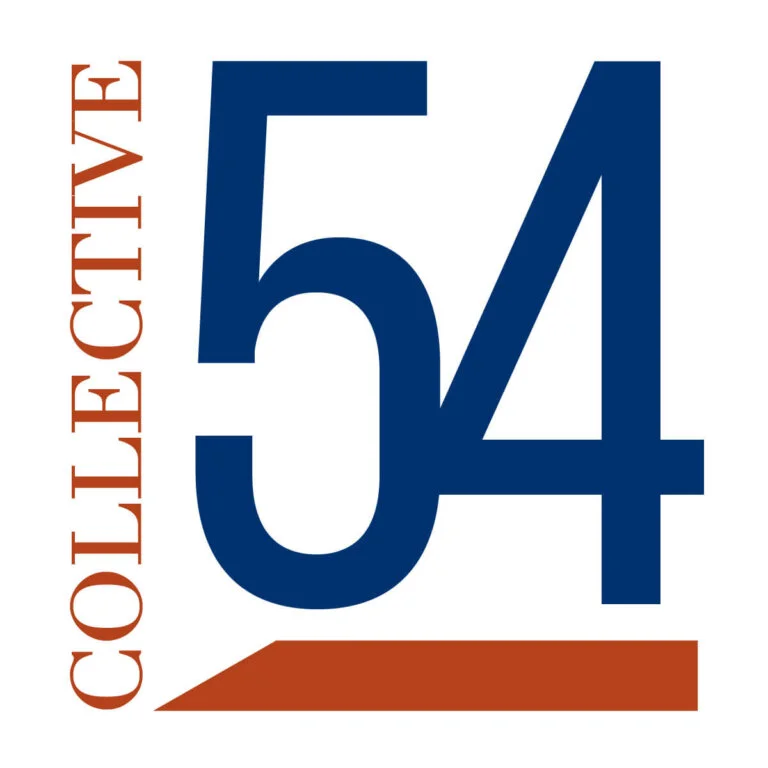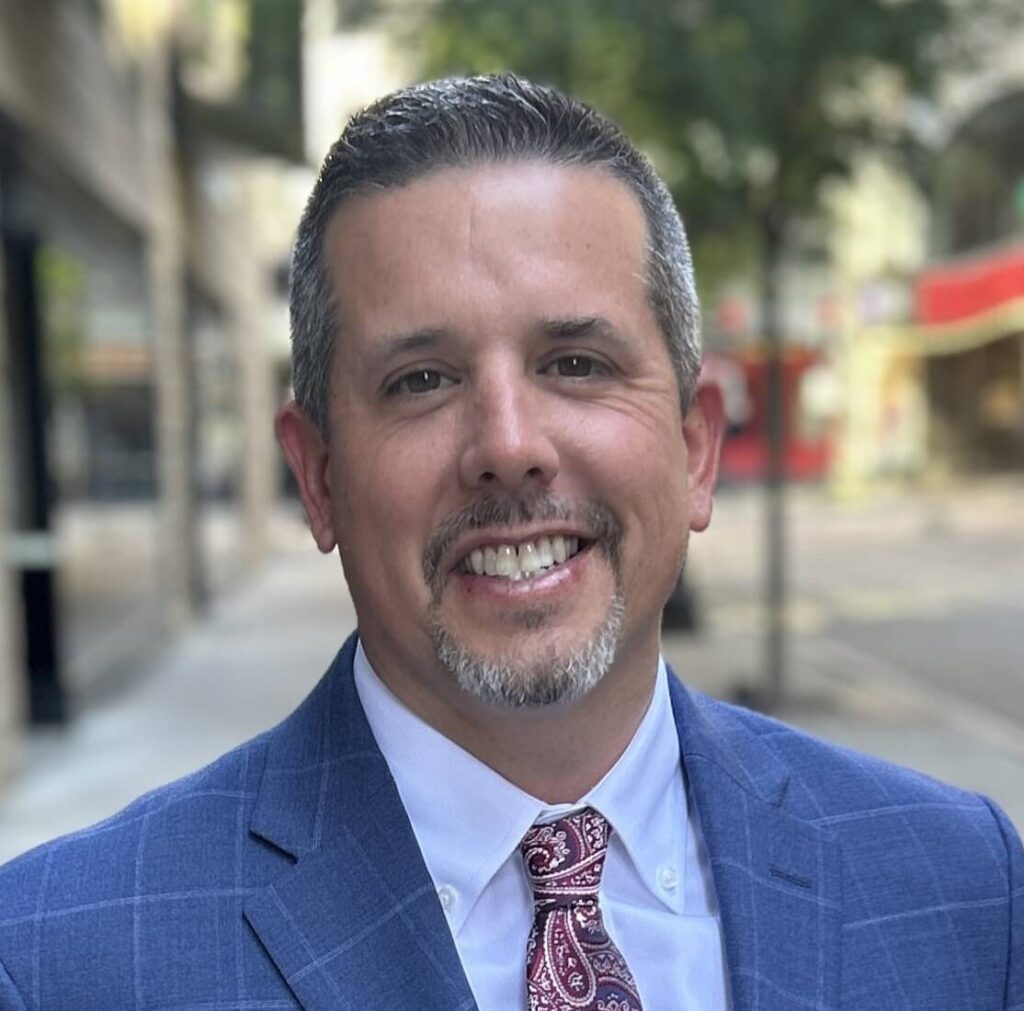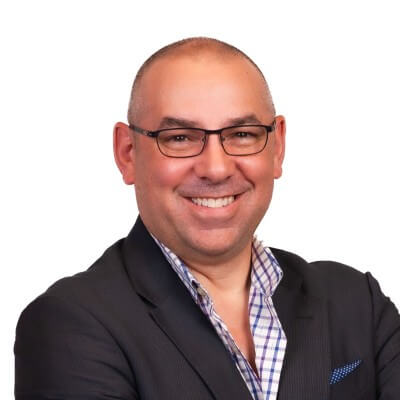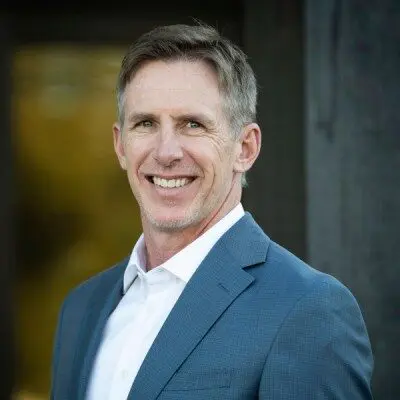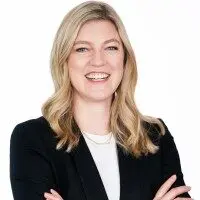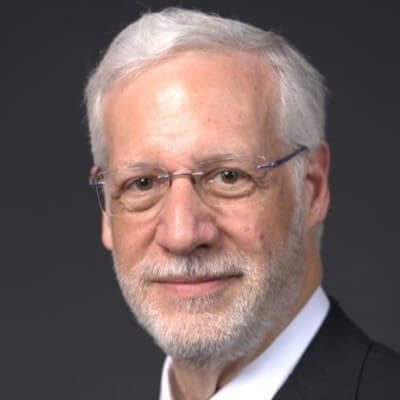Enjoying the Journey: Why Your Firm’s Success Is More Than Just Crossing Finish Lines
As professional services owners, we’re wired to solve problems and deliver results. But between daily firefighting and pursuing big goals, we can lose sight of something equally important: actually enjoying the work we’re doing and the relationships we’re building.
